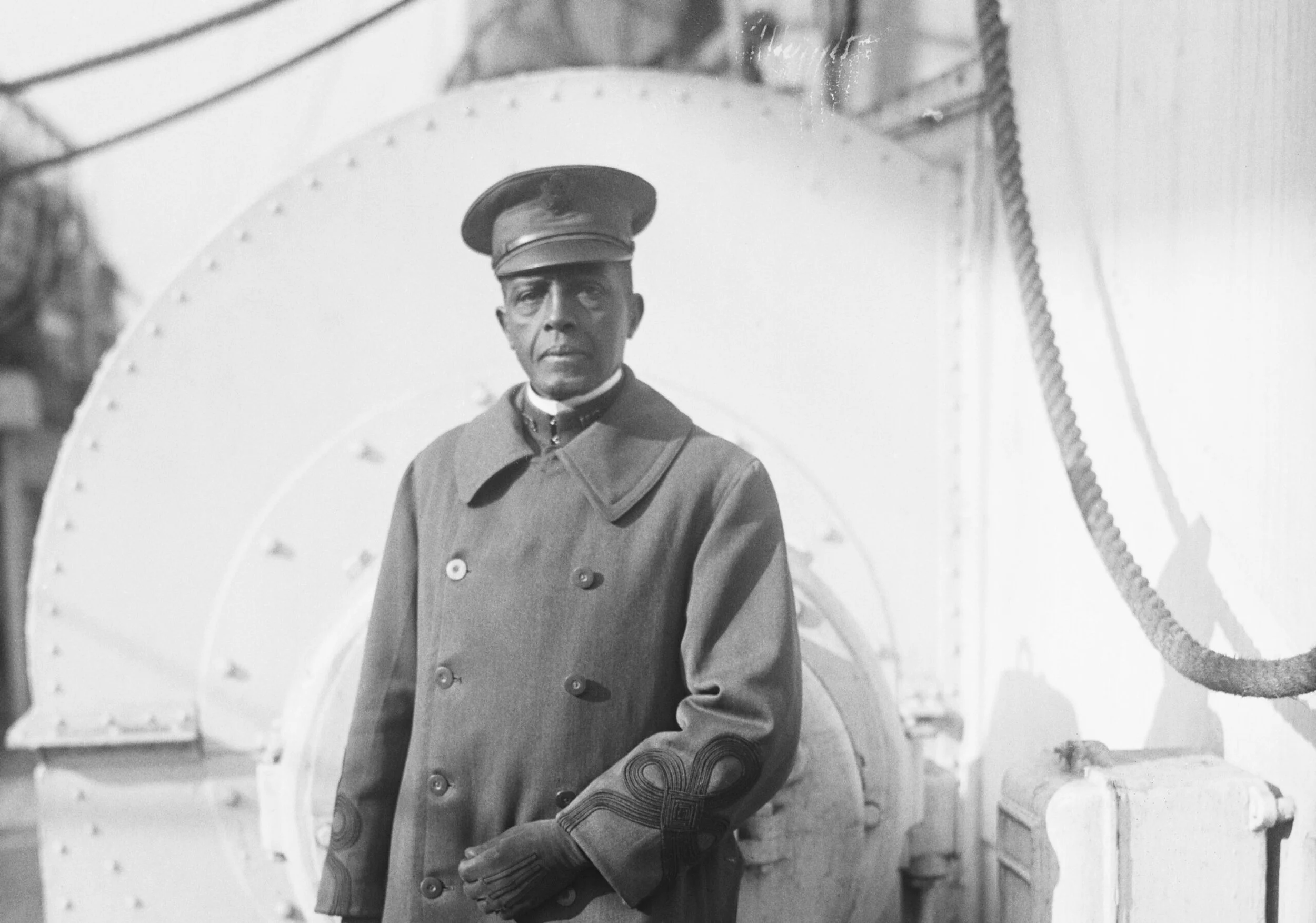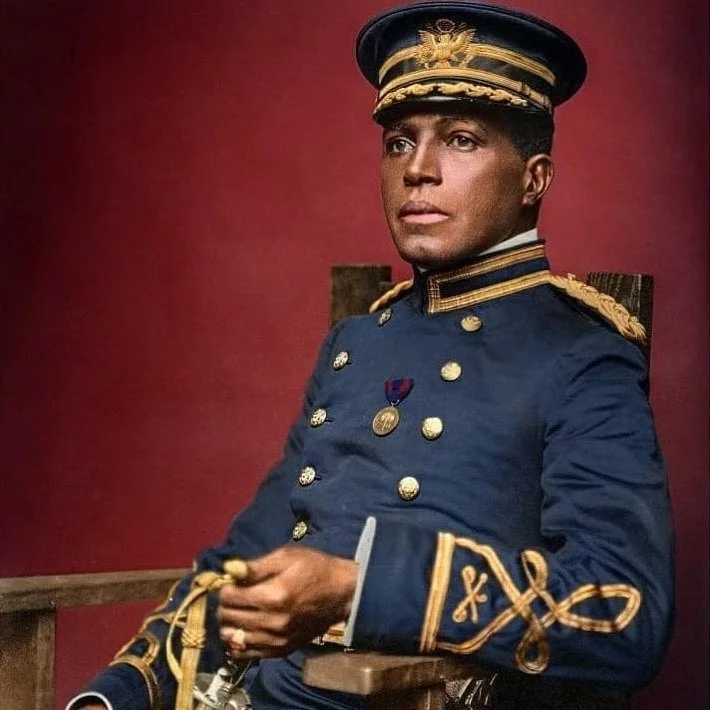Charles Young – The Buffalo Soldier Who Paved the Way for National Parks
When we think about the great landscapes of America—Yosemite’s towering granite walls, Sequoia’s ancient trees, the vast rolling plains of Yellowstone—we often picture them as untouched wilderness. But the truth is, these spaces were shaped, protected, and maintained by people whose stories have long been overlooked. One of those people was Charles Young, a pioneer in conservation and a trailblazer in American history.
A Life of Resilience and Leadership
Born into slavery in 1864, Charles Young’s early life was marked by struggle, but also by an unbreakable determination. After gaining freedom, he excelled in school and later became only the third Black graduate of West Point, the prestigious military academy. Despite facing racism and barriers at every turn, Young carved out a career that would not only make history but also shape the landscapes we cherish today.
The Buffalo Soldiers and America’s First Park Rangers
At the turn of the 20th century, long before the National Park Service was established, the U.S. Army was responsible for maintaining and protecting America’s national parks. Among these troops were the Buffalo Soldiers, a group of Black cavalrymen tasked with preventing illegal logging, poaching, and land encroachment in places like Yosemite and Sequoia.
As the first Black military officer to lead these troops, Young became the first African American superintendent of a national park in 1903 when he was assigned to Sequoia and General Grant (now Kings Canyon) National Parks. Under his leadership, the Buffalo Soldiers built roads, patrolled the land, and ensured that the park was preserved for future generations. Young and his men worked tirelessly—completing more infrastructure projects in one summer than had been done in the previous three years combined.
A Lasting Legacy in Conservation
Charles Young’s impact on public lands extends far beyond his time in Sequoia. His advocacy for equality and environmental stewardship paved the way for future generations of Black conservationists, outdoor leaders, and environmentalists. Though his name is not as widely known as figures like John Muir or Theodore Roosevelt, his contributions were just as vital in shaping the national parks we love today.
His legacy lives on in Charles Young Buffalo Soldiers National Monument in Ohio, designated in 2013 to honor his service and commitment to public lands. But his influence can also be felt every time we walk a trail, sit beneath a towering redwood, or take in the beauty of the land he helped protect.
Honoring Those Who Came Before Us
Ava Mountain Club exists to challenge the idea that the outdoors belongs to only one group of people. Figures like Charles Young remind us that the history of conservation is diverse, and that many of the trails we walk today were cleared, maintained, and protected by people of color who were often erased from the narrative.
By sharing these stories, we hope to inspire a new generation of outdoor enthusiasts, conservationists, and storytellers who see themselves reflected in the great landscapes of this country. Because the outdoors belongs to all of us.



